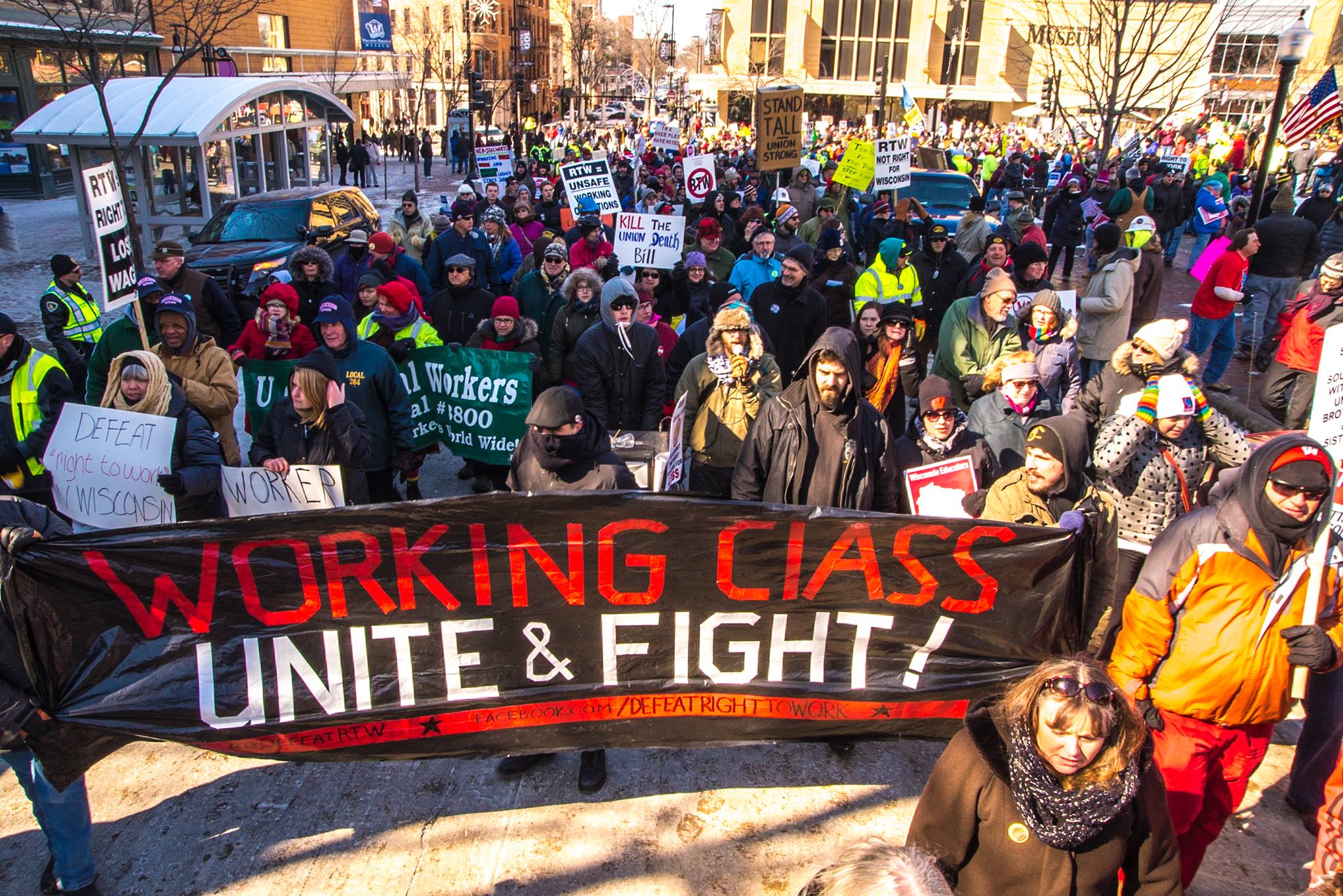Top 10 Worst Contributions of the American Labor Movement
by Aya Katz
Labor Day is a socialist holiday. Every year, on the first Monday in September, we are reminded of all of the great “achievements” of the Labor Movement, and how our lives would be much harder if not for all the “rights” they have secured for us. However, every one of those accomplishments comes at a heavy price, a price that we pay every single day. In celebration of Labor Day this year, let us consider what we have lost due to the gains of the Labor Movement, and just how many freedoms these entitlements have cost us.
10. Laws Ending Sweatshops in the United States.
The textile industry in the United States got its first big start during the War of 1812. Up until that time, homespun cloth was what most ordinary Americans used. Created at home by wives and daughters, cloth was something each household made for itself. Most people wore clothes that were sewn at home. Mechanized looms were introduced first in England, and manufactured goods were traded for raw materials from the United States. However, after the disruption of trade between the United States and Britain caused by Jefferson’s Embargo Act and later by James Madison’s declaration of war against Britain, a cottage industry began to blossom into actual manufacturing, and even after the war, companies in the United States continued to make cloth and industrially manufactured clothing.
As cloth-making became increasingly automated, many women and girls who used to spin, weave and sew at home began to work outside the home, doing the same things, only in a much more industrialized setting. However, the Labor Movement, citing difficult working conditions, passed a series of laws that made it increasingly difficult to employ women and girls in the textile industry. As a result, manufacturing of cloth and clothing came to a virtual halt in the United States and all those jobs were shipped overseas, where clothing is still made in “sweatshops.” If you are wondering why all the clothes you wear are made in places like Madagascar and Bangladesh, and why American workers have no opportunity to participate in the textile industry, you can thank the Labor Movement.




3 comments